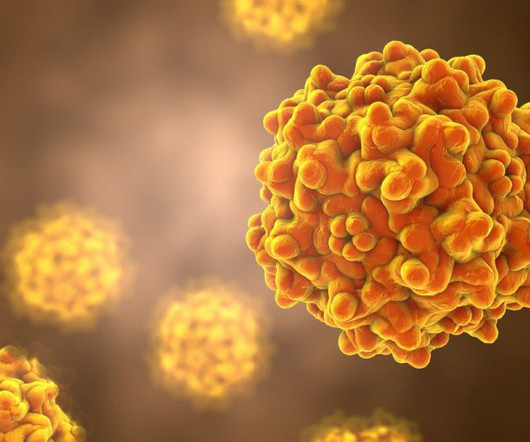Mogrify enters research collaboration with the MRC Laboratory of Molecular Biology
Drug Discovery Today
JANUARY 12, 2021
Exploratory research project aims to develop novel protein expression systems via cell reprogramming

Drug Discovery Today
JANUARY 12, 2021
Exploratory research project aims to develop novel protein expression systems via cell reprogramming

Chemical Biology and Drug Design
DECEMBER 6, 2023
To sum up, guided by network pharmacological analysis and previous literature research, a p53 interfering cell model has been established with the help of shRNA interference technology to investigate the anti-HS effect of SP-FC dependent on p53 in this study.

Drug Target Review
FEBRUARY 19, 2024
I always found science fascinating, but I really fell in love with it in high school when I was introduced to biochemistry and molecular biology. I studied and conducted research in Germany, France, Switzerland and the US. Biochemistry and molecular biology fascinated me in school.

Drug Target Review
MARCH 15, 2024
As discussed above, recent advances in gene editing tools and transposon-based vectors have facilitated targeted and consistent cell line engineering for the development of protein expressing CHO cell lines. Disclaimer: For research use only.

Drug Target Review
MAY 22, 2024
Secondly, circRNAs can be engineered for more efficient protein expression by carefully selecting and optimising the IRES element, a sequence motif derived from viruses and used to initiate cap-independent translation from circRNA. What improvements in protein expression and durability have been demonstrated by the circVec 2.1

The Pharma Data
JANUARY 13, 2021
based Mogrify Limited expanded its research collaboration with MRC Laboratory of Molecular Biology. The resulting target cell types could provide researchers with improved access to important proteins found in human cell types that are difficult to obtain and allow for more efficient protein production.
Let's personalize your content